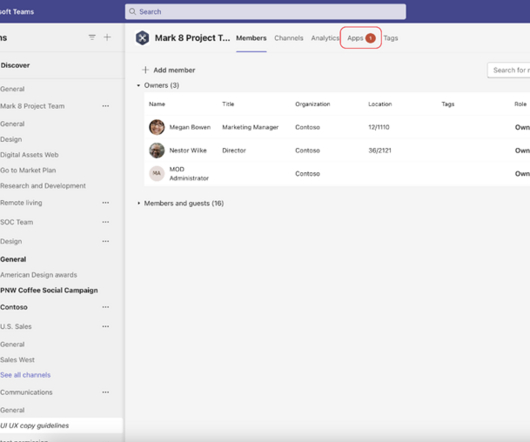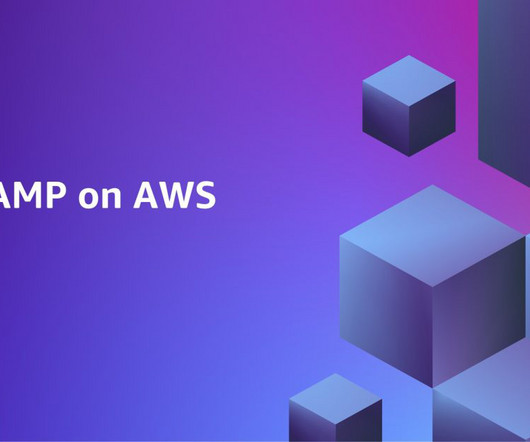3 ways tax agencies can use AI on AWS
AWS Public Sector Blog
NOVEMBER 16, 2022
State and local tax agencies process millions of tax filings and collect billions of tax dollars annually to support essential public services in health, safety, and education, as well as critical infrastructure such as roads and utilities. AI is any method by which a computer replicates tasks usually performed by humans.













Let's personalize your content